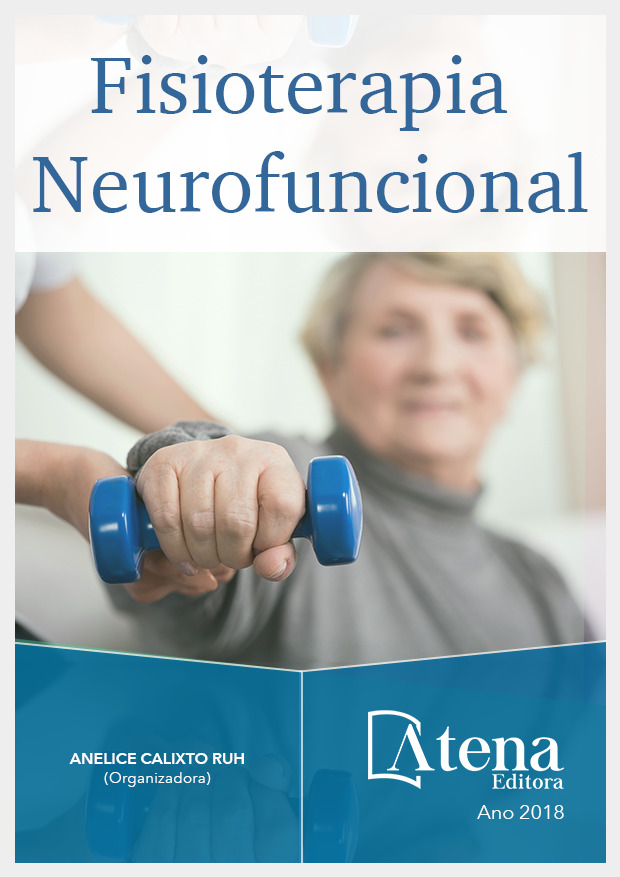
EFEITOS DA EQUOTERAPIA EM CRIANÇAS COM PARALISIA CEREBRAL
A equoterapia é um método
terapêutico que utiliza o cavalo na reabilitação,
auxiliando pacientes com Paralisia Cerebral
(PC), contribuindo para o desempenho funcional
nas atividades de vida diária. Objetivos: Traçar
os efeitos da equoterapia nos pacientes que
apresentam PC. Caracterização da pesquisa:
Estudo longitudinal prospectivo. Métodos:
Crianças de ambos os gêneros, com diagnóstico
de PC, praticantes de equoterapia, com idade
entre 03 a 07 anos, avaliadas quanto a sua
mobilidade, autocuidado e função social através
da “Pediatric Evaluation of Disability Inventory”
(PEDI) que após 10 sessões de equoterapia
foram reavaliadas com os mesmos critérios.
Análise dos Dados: As variáveis quantitativas
foram descritas por média e desvio padrão ou
mediana e amplitude de variação. As variáveis
categóricas foram descritas por frequências
absolutas e relativas. Para comparar os
parâmetros antes e após a intervenção, o teste
de Wilcoxon foi aplicado. O nível de significância
adotado foi de 5% (p<0,05) e as análises foram
realizadas no programa SPSS versão 21.0.
Resultados: Participaram 08 crianças com
predomínio do gênero masculino e GMFCS
V, distribuindo-se igualmente a topografia em
quadriparéticos e diparéticos. Na Escala PEDI
houve diferença estatisticamente significativa
no domínio de mobilidade no pré e pós-teste.
Conclusão: Conclui-se que a equoterapia
pode trazer benefícios quanto à mobilidade
para crianças que apresentam PC.
EFEITOS DA EQUOTERAPIA EM CRIANÇAS COM PARALISIA CEREBRAL
-
DOI: atena
-
Palavras-chave: Equoterapia, Paralisia Cerebral, Desempenho Funcional
-
Keywords: Equine therapy, Cerebral Palsy, Functional Performance
-
Abstract:
Equine therapy is a therapeutic
method that uses the horse in rehabilitation,
helping patients with Cerebral Palsy (CP),
contributing to the functional performance in
activities of daily living. Objectives: To trace
the effects of equine therapy in the patients
with CP. Characterization of the research:
Prospective longitudinal study. Methods:
Children of both genders, with diagnosis of
CP, practicing equine therapy aged between
03 and 07 years, evaluated for their mobility,
care and social function through the “Pediatric
Assessment of the Inventory Disability” (PEDI)
and after 10 sessions with reevaluated with the
Fisioterapia Neurofuncional Capítulo 2 16
same criteria. Data Analysis: The quantitative variables were described by mean and
standard deviation or median and amplitude of variation. Categorical variables were
described by absolute and related frequencies. To compare the parameters before and
after intervention, Wilcoxon’s test was applied. The significance level adopted was 5%
(p <0.05) and the analyzes were performed with SPSS software version 21.0. Results:
Eight children, predominantly males and GMFCS V, participated in the study, with a
topography of quadriparetic and diparetic. In the PEDI Scales there was a statistically
significant difference in the mobility domain in the pre and post-test. Conclusion: It can
be concluded that equine therapy can provide mobility benefits for children with CP.
-
Número de páginas: 15
- bibiana da silveira dos santos machado


